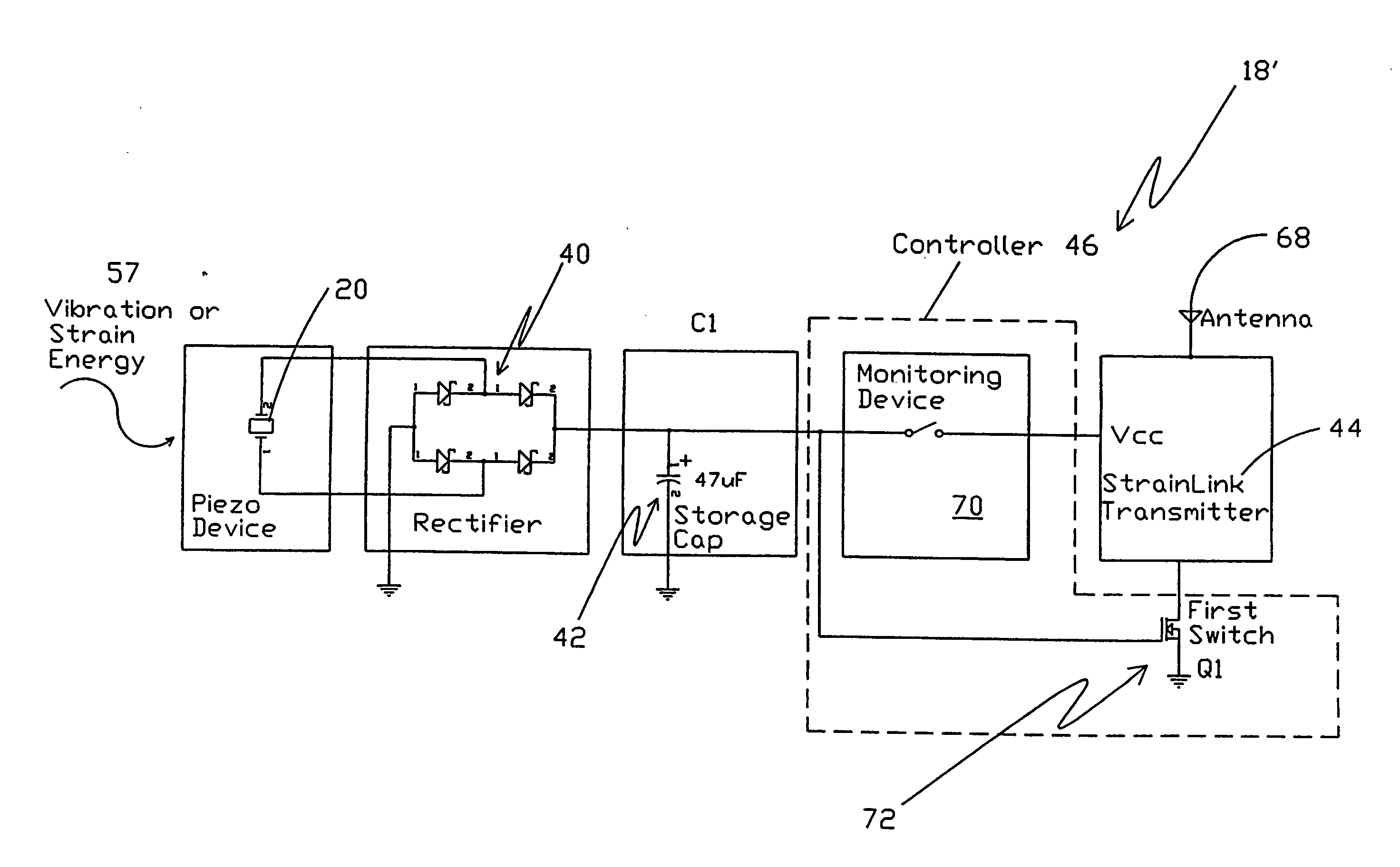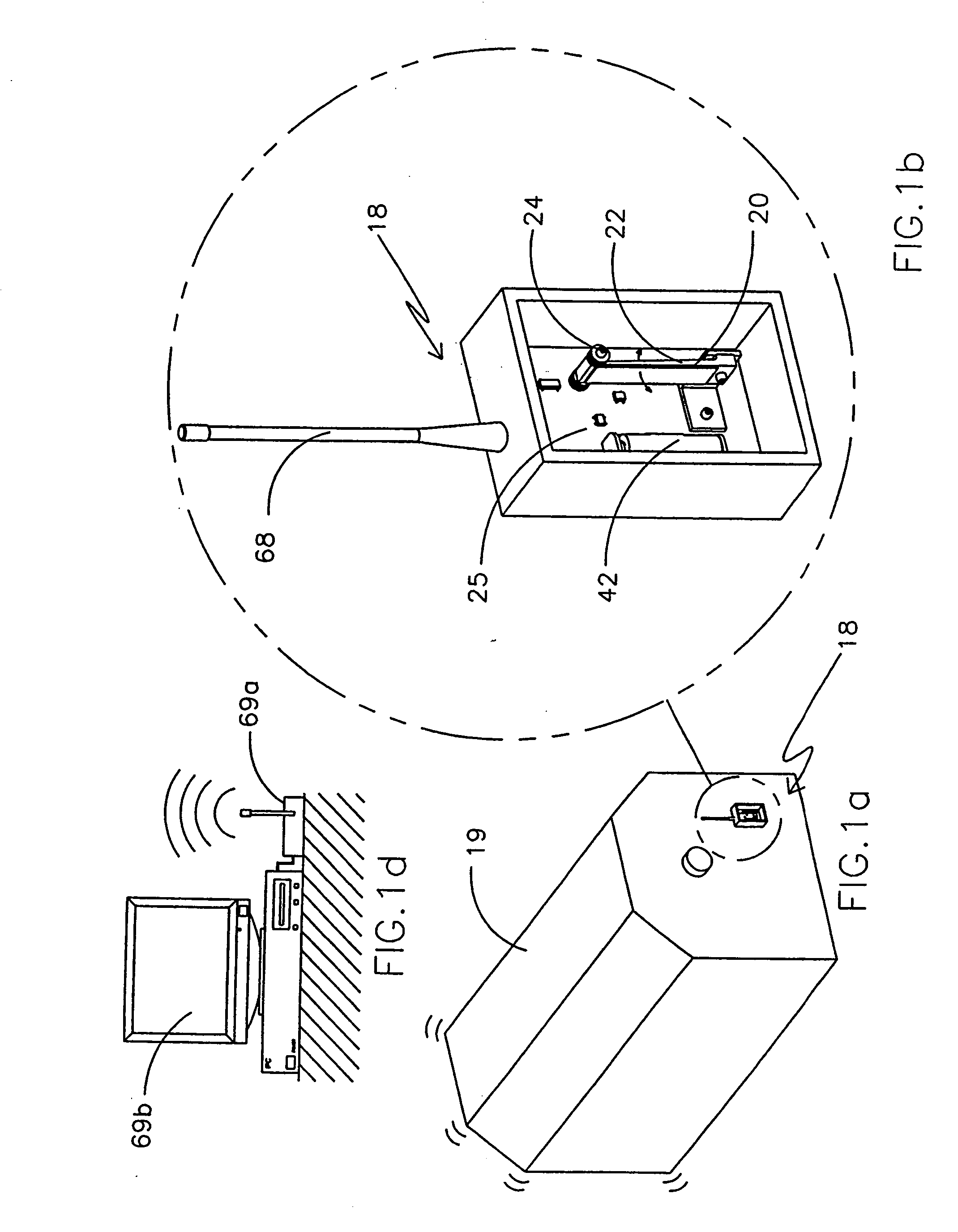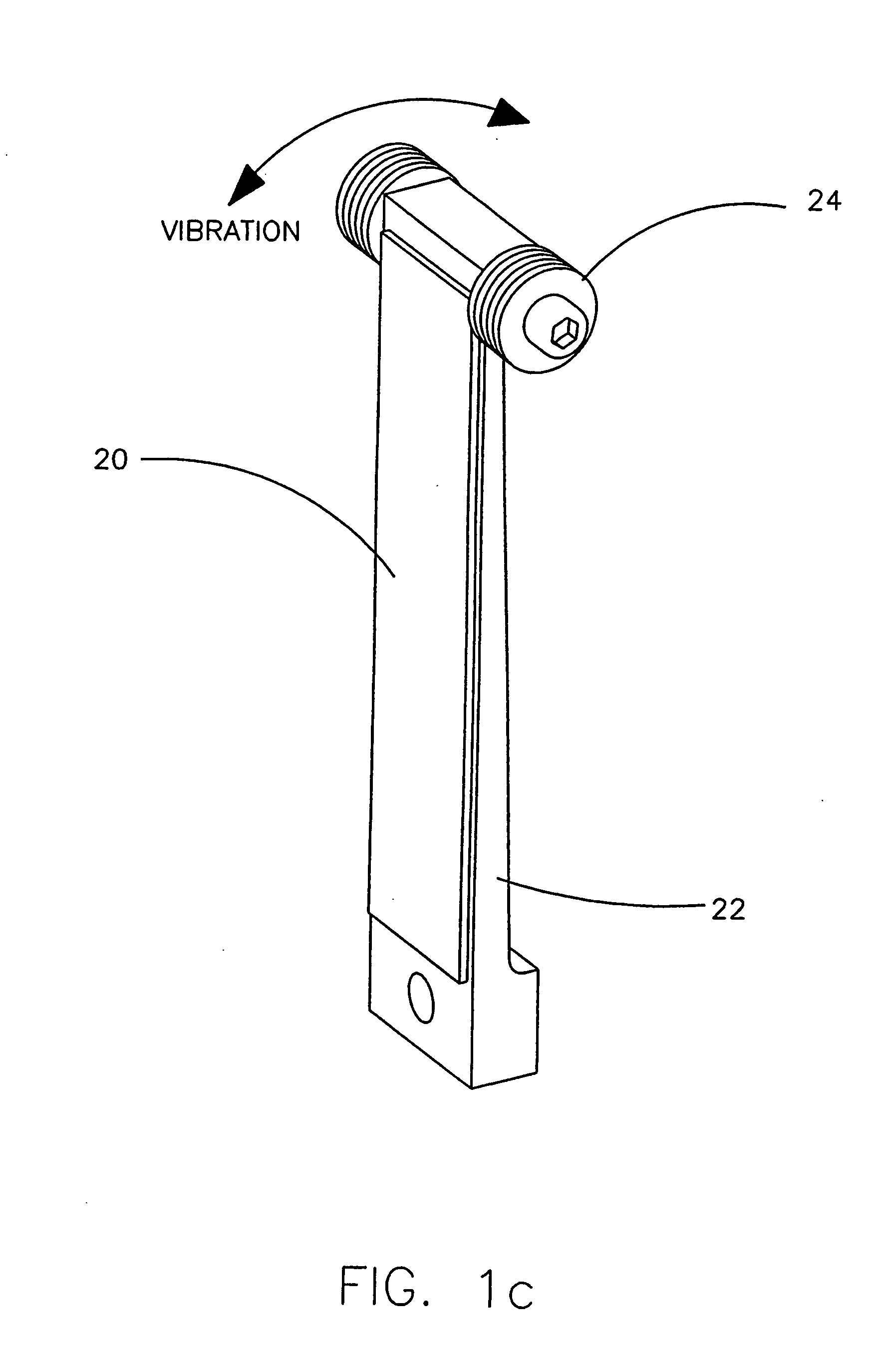Energy harvesting for wireless sensor operation and data transmission
a wireless sensor and energy harvesting technology, applied in the field of collecting and transmitting data, can solve the problems of wireless sensors that still require system power in order to operate, unobtrusive devices scavenge, and mems systems only demonstrated 8 microwatts of power, etc., to achieve efficient energy transfer, high capacity storage device, and high impedance
- Summary
- Abstract
- Description
- Claims
- Application Information
AI Technical Summary
Benefits of technology
Problems solved by technology
Method used
Image
Examples
Embodiment Construction
[0049] The present inventors recognized that substantial efficiency in collecting, storing, and transmitting data from wireless sensors could be provided by harvesting energy from the environment.
[0050] This invention is aimed at developing a new class of sensing systems that can wirelessly report data without the need for maintaining or replacing batteries. Instead, the sensing systems rely on harvesting vibration, strain energy, or magnetic coupled energy from the local environment for conversion to electrical power for storage and use to collect, store, or transmit data by the sensing system. Thus, machines, structures, and live subjects can be monitored without the need for replacing or recharging batteries or for a battery maintenance schedule. Truly smart structures and machines will thus be able to autonomously report their condition throughout their operating life without the mechanism used for reporting the data itself requiring maintenance. The system can be used to run a...
PUM
 Login to View More
Login to View More Abstract
Description
Claims
Application Information
 Login to View More
Login to View More - R&D
- Intellectual Property
- Life Sciences
- Materials
- Tech Scout
- Unparalleled Data Quality
- Higher Quality Content
- 60% Fewer Hallucinations
Browse by: Latest US Patents, China's latest patents, Technical Efficacy Thesaurus, Application Domain, Technology Topic, Popular Technical Reports.
© 2025 PatSnap. All rights reserved.Legal|Privacy policy|Modern Slavery Act Transparency Statement|Sitemap|About US| Contact US: help@patsnap.com



